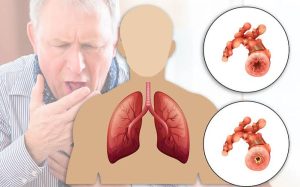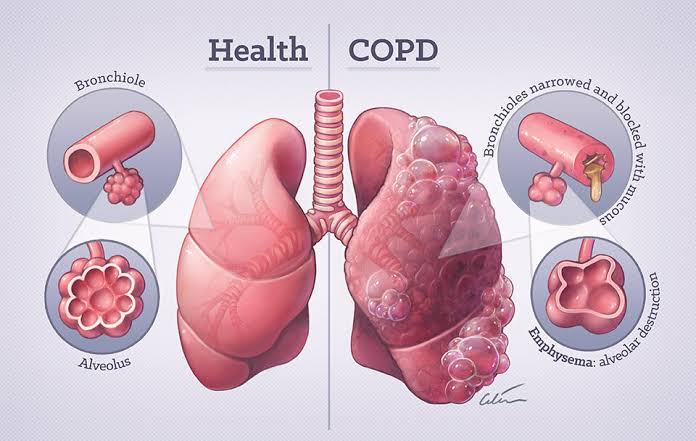Understanding COPD: A Guide for Patients and Families
What is COPD?

Chronic Obstructive Pulmonary Disease (COPD) is a lung disease that makes it hard to breathe. It’s like having a persistent cough, wheezing, and feeling winded even when doing simple tasks. COPD is a chronic condition, meaning it’s ongoing and can worsen over time.
What causes COPD?
The main causes of COPD are:
1. Smoking: Smoking is the leading cause of COPD. If you smoke, quitting is essential.
2. Air pollution: Breathing in pollutants, like dust, chemicals, or secondhand smoke, can contribute to COPD.
3. Genetics: Some people are born with a genetic condition that increases their risk of developing COPD.
Symptoms of COPD
Common symptoms include:
1. Shortness of breath: Feeling winded even when doing simple tasks, like walking or cooking.
2. Wheezing: A whistling or squeaky sound when breathing out.
3. Coughing: A persistent cough that brings up mucus.
4. Chest tightness: Feeling like your chest is tight or heavy.
How is COPD diagnosed?
To diagnose COPD, your doctor may use:
1. Spirometry: A breathing test that measures how well your lungs are working.
2. Chest X-ray: An imaging test to rule out other lung conditions.
3. Medical history: Your doctor will ask about your symptoms, medical history, and lifestyle.
Treatment and management
While there’s no cure for COPD, treatment can help manage symptoms and slow disease progression. Your doctor may recommend:
1. Medications: Inhalers, pills, or other medications to help open up your airways and reduce inflammation.
2. Oxygen therapy: Supplemental oxygen to help increase oxygen levels in your blood.
3. Pulmonary rehabilitation: A program that includes exercise, education, and support to help you manage your COPD.
4. Lifestyle changes: Quitting smoking, staying physically active, and avoiding pollutants can help slow disease progression.
Living with COPD
While COPD can be challenging, there are ways to manage your symptoms and improve your quality of life:
1. Stay active: Regular exercise can help improve your lung function and overall health.
2. Stay connected: Reach out to family, friends, and support groups for emotional support.
3. Manage your symptoms: Work with your doctor to develop a plan to manage your symptoms and slow disease progression.

